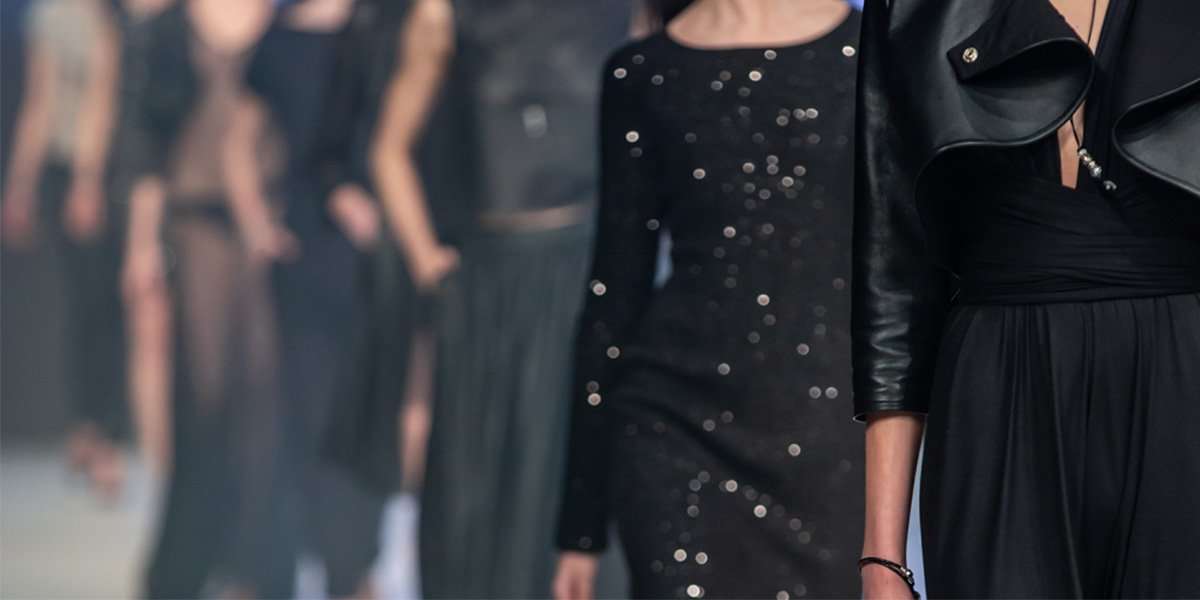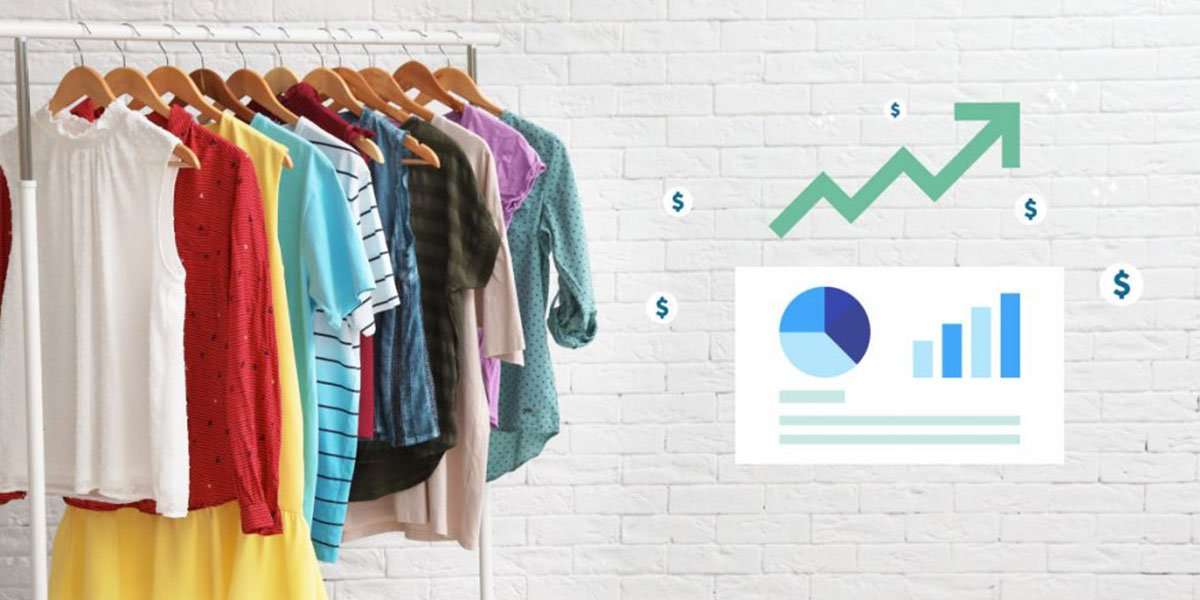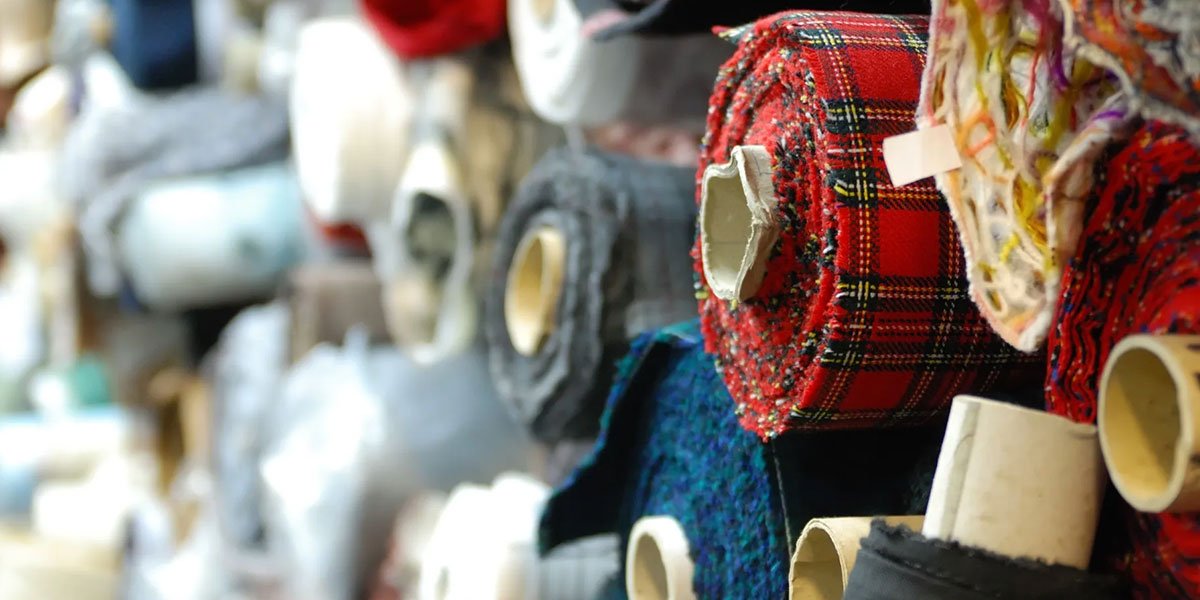In the dynamic world of fashion, trends are no longer confined to the runways of Paris, Milan, or New York. The advent of social media fashion shopping trends has revolutionized the industry, turning the global digital landscape into a powerful platform for shaping and disseminating fashion trends. From Instagram to TikTok, social media has become the driving force behind the evolution of fashion design concepts, influencing designers, consumers, and the entire fashion ecosystem.

The Rise of Social Media Fashion Shopping Trends and Its Impact on Fashion:
Social media has not only democratized the fashion conversation but has also democratized the creation and propagation of trends. Platforms like Instagram, Pinterest, and TikTok have given designers unprecedented visibility, allowing them to showcase their creations directly to a global audience, bypassing traditional gatekeepers.
1. Instant Access and Inspiration:
Social media provides fashion designers with instant access to a vast pool of inspiration from different corners of the world. Through platforms like Pinterest, designers can curate mood boards, gaining insights into diverse cultural aesthetics and emerging styles, which can then be seamlessly incorporated into their designs.
2. Direct Engagement with Consumers:
Fashion is no longer a one-way conversation. Social media enables designers to engage directly with their audience, receiving instant feedback on designs, collections, and even potential trends. This real-time interaction allows designers to adapt and refine their creations based on consumer preferences, fostering a more symbiotic relationship between creators and consumers.
3. Influencer Power:
The rise of social media influencers has significantly altered the traditional fashion hierarchy. These individuals, who often amass millions of followers, have become trendsetters themselves. Collaboration with influencers allows designers to tap into their massive reach, instantly showcasing their designs to a wide and engaged audience.
4. Hashtags and Virality:
Hashtags play a crucial role in amplifying fashion trends. Through strategic use of hashtags, designers can create viral campaigns that not only increase visibility but also contribute to the widespread adoption of a particular style. Trendsetting hashtags have the potential to shape the narrative of entire fashion seasons.
Challenges and Controversies:
While social media has undoubtedly democratized the fashion landscape, it has not been without its challenges. Issues such as cultural appropriation, fast fashion exploitation, and the perpetuation of unrealistic beauty standards have all been amplified in the digital age. Designers must navigate these pitfalls carefully to ensure that their creations are celebrated for their artistry and not marred by controversy.
Conclusion:
The fusion of fashion and social media fashion shopping trends has undeniably transformed the industry, making it more accessible, inclusive, and responsive to the desires of a global audience. Designers who embrace the digital realm can harness the power of social media to not only showcase their creativity but also to engage with consumers on a more personal level. As we navigate the ever-evolving landscape of fashion trends in the digital age, one thing remains clear – social media is not just a tool for designers; it’s a runway where everyone has a front-row seat.
The Influence of Instagram and TikTok on Fashion Shopper Behavior
In the fast-paced world of fashion, the influence of social media platforms like Instagram and TikTok has extended beyond being mere showcases for designers; they have become powerful catalysts in shaping the purchasing behaviors of fashion-conscious consumers. This article explores how Instagram and TikTok have revolutionized the shopping experience, turning the scroll into a virtual runway and transforming fleeting trends into tangible additions to wardrobes around the globe.

1. Visual Storytelling on Instagram:
Instagram, with its visually-driven format, has become a digital playground for fashion enthusiasts. Designers and influencers utilize the platform’s grid layout and Stories feature to weave compelling narratives around their collections. This visual storytelling not only engages the audience but also serves as a direct link between inspiration and the shopping cart.
2. Shoppable Posts and the Swipe-Up Feature:
Instagram’s introduction of shoppable posts and the coveted swipe-up feature in Stories has turned the platform into a virtual shopping mall. Users can seamlessly transition from admiring a designer’s creation to making a purchase with just a few taps. This integration of content and commerce has redefined the consumer journey, making it more streamlined and instantaneous.
3. TikTok’s Bite-Sized Fashion Trends:
TikTok, known for its short-form videos, has emerged as a trend incubator, rapidly popularizing bite-sized fashion trends through challenges and creative content. Fashion influencers on TikTok can showcase their outfits in dynamic ways, sparking viral trends that capture the attention of millions. The platform’s algorithm ensures that these trends reach a diverse audience, transcending geographical boundaries.
4. User-Generated Content and Relatability:
Both Instagram and TikTok thrive on user-generated content, creating a sense of authenticity and relatability that traditional advertising often lacks. When influencers or everyday users showcase their personal style, it resonates with audiences who are more likely to trust peer recommendations over traditional marketing strategies. This sense of relatability can directly impact purchasing decisions.
5. Live Shopping Experiences:
Live shopping events on both platforms have become a game-changer. Designers and influencers can host live sessions, unveiling new collections or showcasing styling tips in real-time. Viewers can engage through comments and, more importantly, purchase featured items on the spot. This interactive approach transforms the act of shopping into a social experience, enhancing the overall appeal.
6. Influencers as Personal Shoppers:
Influencers, who have amassed large followings on Instagram and TikTok, play a pivotal role in influencing shopper behavior. Their recommendations, whether through curated content or direct endorsements, can turn a fashion piece into a must-have item. Many users perceive these influencers as personal shoppers, relying on their expertise to make informed choices.
Conclusion:
As Instagram and TikTok continue to redefine the way we engage with fashion, the line between inspiration and transaction becomes increasingly blurred. The immersive experiences offered by these platforms, coupled with their e-commerce integrations, have turned social media into a vibrant marketplace. Shoppers are no longer passive observers; they are active participants in the ever-evolving world of fashion, shaping and being shaped by the trends that unfold with each scroll and swipe.






